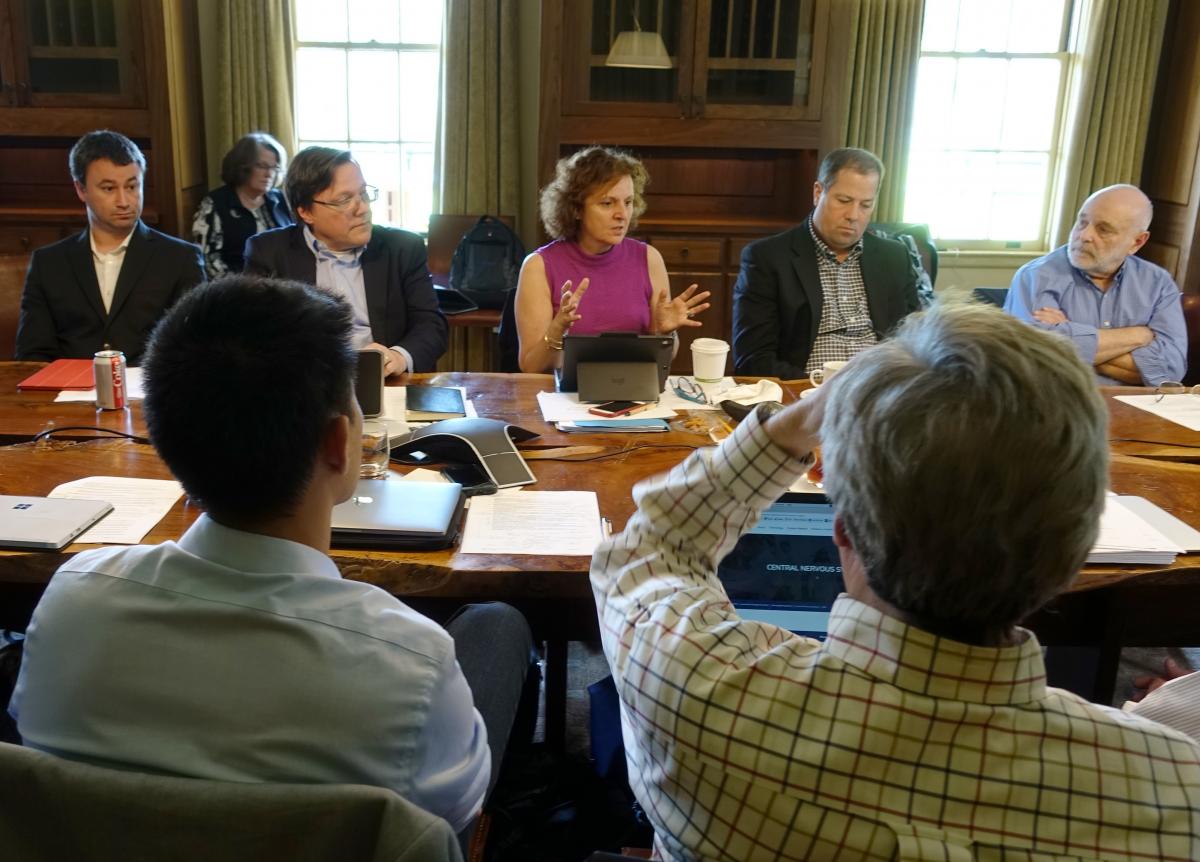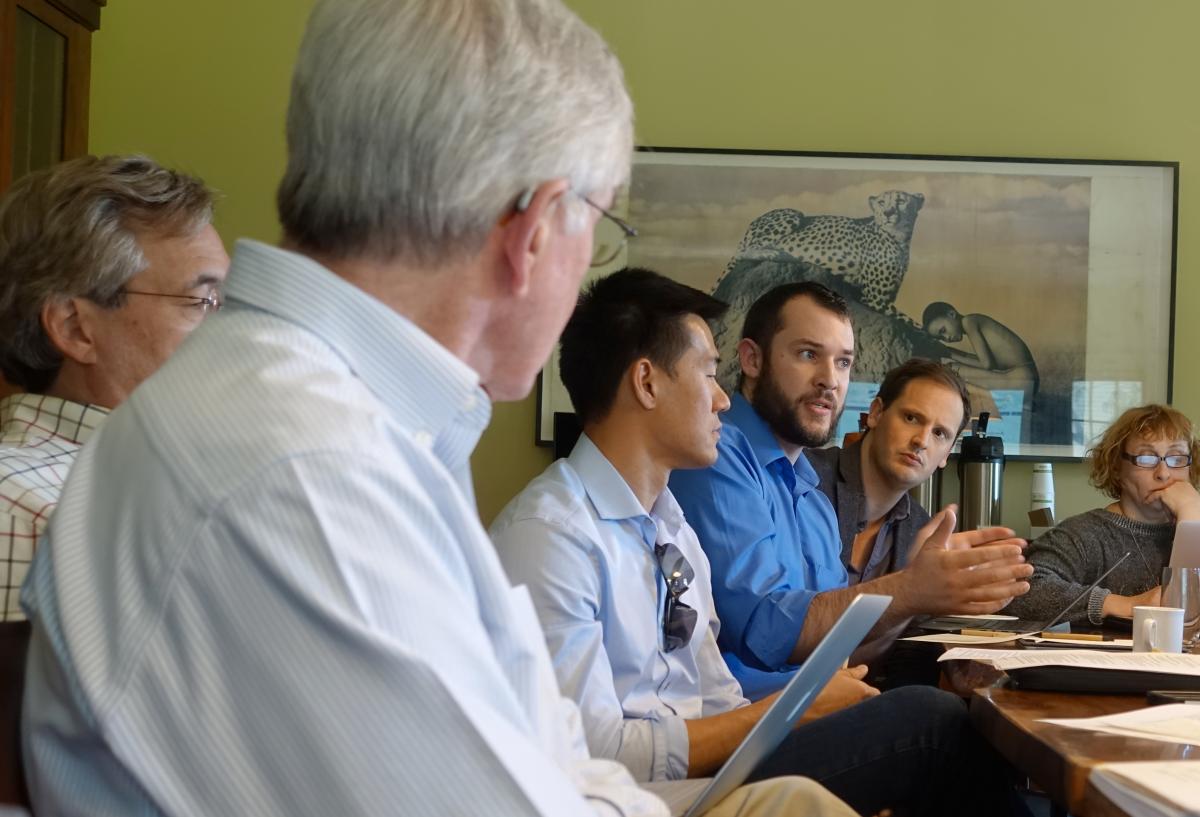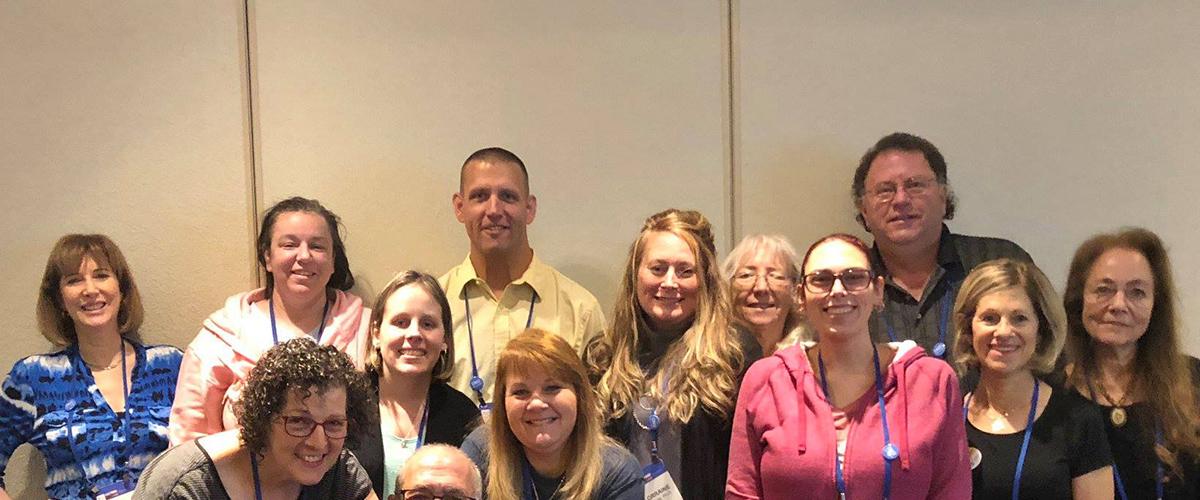Some MDF community members may have watched the news show, 60 Minutes, on April 29th. The show featured a segment titled: "CRISPR: The Gene-Editing Tool Revolutionizing Biomedical Research" (if you missed it, the transcript is available here). 60 Minutes took a thoughtful approach in choosing the words " tool" and "research" for its segment title. Understanding those two words is the key to parsing hope from the hype in genome-editing technology.
Evaluating Genome-Editing Technology
MDF received a generous donation in late 2017 to help evaluate whether genome-editing technologies, like CRISPR, have the potential to translate into a safe and effective therapy for DM1. Both the donors and MDF are on the same page in understanding what Dr. Eric Lander (President and Founding Director, Broad Institute of MIT and Harvard) said so clearly about CRISPR on 60 Minutes: “I [want to] always balance hope versus hype here. While it's not [going to] affect somebody who might be dying of a disease today, this is [going to] have a real effect over the course of the next decade and couple of decades. And for the next generation, I think it'll be transformative.”
Genome editing includes a range of technologies—CRISPR is just one of several with the potential to address inherited human diseases. For this technology to achieve its promise for patients, genome-editing reagents have to be delivered to the correct body tissues and, once there, edit the affected genes in efficient and safe ways. All three parts of that equation—delivery, efficient editing, and safety in avoiding unintended damage to other genes—must be optimized. It’s important to remember that CRISPR is a natural defense mechanism used by bacteria to kill invading viruses. Drug developers need to ensure that a technology designed to kill must be transformed into one that very selectively edits defective human genes in a highly controlled manner.
Strategies for Research
Because genome-editing technology must continue to evolve before this research tool is transformed into effective therapies, MDF organized an expert workshop to understand the current state of the science and identify opportunities and barriers to moving forward. On April 17, MDF convened a day-long panel of 14 experts from universities, companies and Federal agencies (NIH and FDA), along with MDF staff and the donors, as a first step toward understanding how to foster research that evaluates and optimizes genome-editing strategies to the specific needs of DM1.
Workshop participants discussed how to optimize genome-editing strategies, how to best deliver genome-editing reagents to the body tissues where they need to act, how to evaluate the efficacy and safety of genome-editing tools in patient cell and animal models, and, finally, how to best implement the evaluation and development of genome-editing in the context of the unique genetics of and patient needs in DM1. The small group atmosphere and tightly-focused discussions at the workshop led to a wealth of information for MDF to use in the design of a request for proposals (RFP) soliciting research grant applications, evaluation of those applications and guidance of the funded research project(s).
 Moving Forward
Moving Forward
CRISPR and the other genome-editing technologies have considerable potential as an effective therapeutic for the approximately 7,000 inherited diseases that are known today. The hope for DM1 lies in the potential to remove the expanded repeat from the DMPK gene and thereby mitigate or eliminate many of the disease symptoms. But potential is not a drug. It’s important to foster hope while knowing that any excessive hype is not realistic at the current stage of research. MDF is launching this research program from a very informed perspective and will continue to relay advances from the program to the patient, family and research communities.
Questions? Contact MDF at info@myotonic.org

